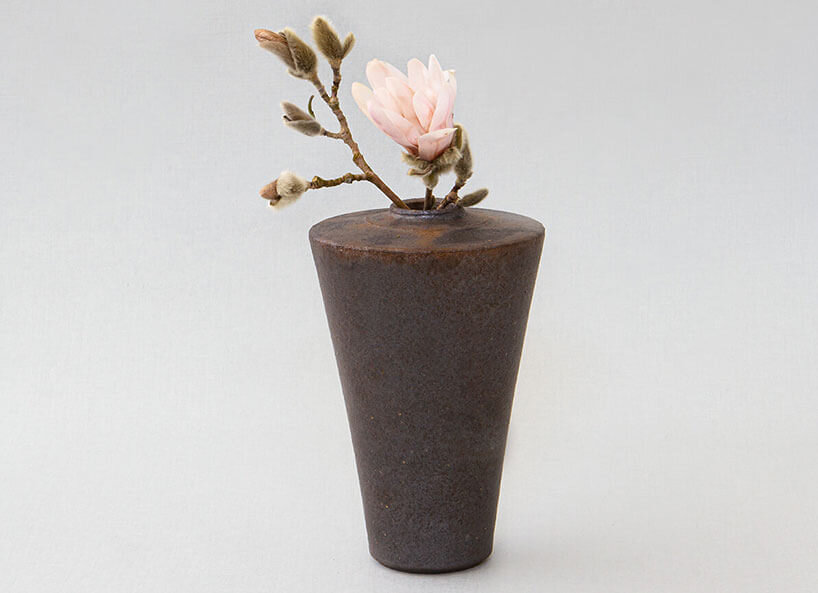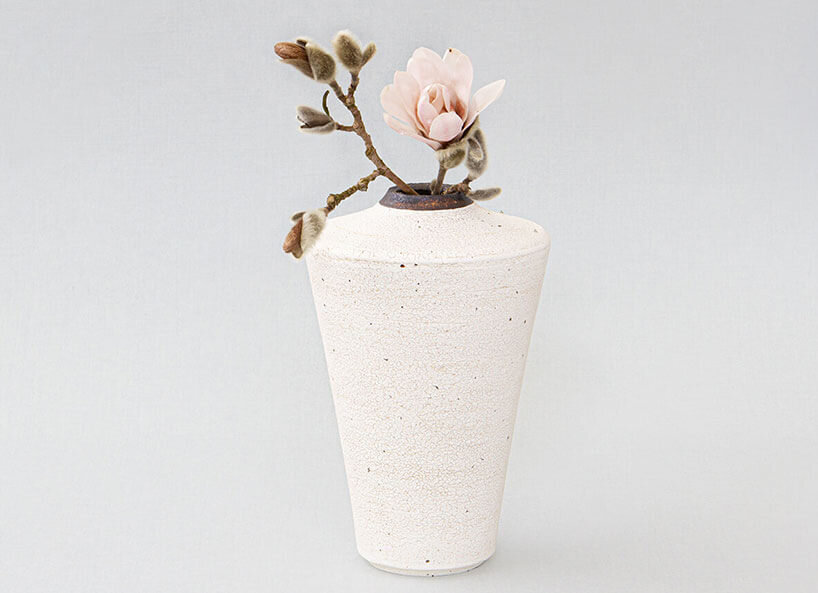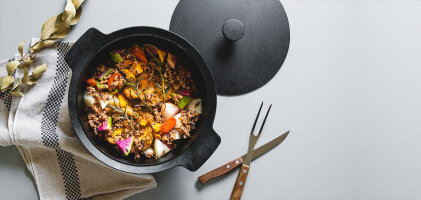Japanese Flower Art - How Ikebana Brings Flowers to Life

Ikebana, also known as kadō – the Way of Flowers – is, alongside the tea ceremony and kimono, part of traditional art. However, it is not just about beautiful bouquets: This type of arrangement follows a completely different aesthetic than ours and reflects a long tradition of connection to nature.
Ikebana - a treasured craft
If a man in Japan was looking for a wife in the last century, she had to be able to do one thing, among others: Ikebana. Learning this Japanese art is still part of the preparation for young women for household management today. While in the past only monks arranged flowers as offerings for the souls of the deceased, Ikebana spread as its own form of art since its inception. From nobles to merchants and ordinary citizens, the art of flower arranging became a decorative element in the traditional Japanese home, where Ikebana is found in a special alcove called Tokonoma. As the role of women in Japan has changed, so has Ikebana, whose aesthetics have been increasingly influenced by the West. With Japan's opening in the 19th century, Ikebana also became popular internationally.
Ikebana is an art form through which the creator can express themselves. Although Ikebana arrangements follow strict rules, the artist can create their own interpretation through the selection of materials and arrangement. With various styles, thousands of Ikebana schools have emerged. The first of these was Ikenobō. Monks of a Buddhist temple in Kyoto were so named: ike stands for pond, and bō for cottage, as the monks lived in small cottages by the pond. This temple, Rokkaku-dō, was founded 1400 years ago and housed the first Ikebana master: Senno Ikenobō. In the 15th century, he transformed the religious flower offering into an independent form of flower arranging. The first Ikebana book, Sedensho, describing the rules of individual Ikebana schools and their directions, was also created there.
Today, Ikebana is more of a creative hobby and part of traditional festivals for many. Nevertheless, the masters are still highly regarded, and Ikebana arrangements command high prices.
Japanese flower arranging means working with nature
Interestingly, the Ikebana master does not distinguish between flowers and other plants – every plant is beautiful, including buds and withered plants, and everything from trees to blades of grass deserves the designation of “flower” (hana). Therefore, not only flowers themselves go into the Ikebana vessels, but also other plants.
Natural art is highly seasonal. Plants symbolize the transience and power of nature, so, for example, winter-bent plants may be added to the arrangement. As traditional flower arranging must harmonize in the space with other artworks, the appropriate style must be chosen. The aesthetics of Ikebana are also supported in the tea ceremony by one or two appropriately chosen flowers – Chabana.
There are several overarching styles: The first was Rikka, "standing flowers," from which other styles have developed. Rikka uses nine different elements, Yakueda, represented by various types of plants. With different size ratios, angles, and directions, they symbolize elements of nature and have their own functions in the Ikebana arrangement. The Yakueda support each other, creating a special harmony.
Nageire is, on the other hand, more disordered, as can be seen from the meaning "to throw in," and is based on a three-part, asymmetrical arrangement. Shōka also uses three elements – for heaven, earth, and man – and with its simplicity, emphasizes the beauty of the plant, each of which has its own meaning. The vessel here represents the origin of life. Modern variations of Shōka loosen up the strict classical art.
One can get creative in the Moribana or Jiyuka style, newer free forms of Ikebana. These are especially popular among beginners and internationally. Jiyuka uses artificial materials in addition to plants.
Ikebana arrangements as a work of art
So, Ikebana is not just about making the arrangement look beautiful. The artist works according to a specific pattern, which varies depending on the master and the season, among other factors. Color combinations, shapes, elegant lines, and meanings of the flowers all play a role.
One approach is, for example, working with proportions where the plants are trimmed to maintain a balance between the elements of the Ikebana arrangement. To achieve such patterns, the stems of the plants need to be cut with Ikebana scissors. While in our arrangements, all stems typically point straight up, in Japanese flower arrangements, flowers point in different directions depending on the type, creating a three-dimensional artwork. This is possible because the flowers are placed in a pin frog called Kenzan, which lies in a water-filled bowl during arranging. Before inserting, the ends of the stems are slightly cut to better grip the points of the flower frog. In other techniques of flower arranging, Kubari – small twigs – may be used to secure the flowers in the arrangement, or the stems may be tied together.
There are suitable Ikebana vases for each style. Vessels for Nageire are narrow and cylindrical, Rikka and Shōka vases are often between 20 and 30 cm tall, symmetrical, and open upward. Various types of elaborate vases with multiple openings are found in the Jiyuka style. For Moribana, one would use flatter bowls with a wider opening.















-from-the-yakiyaki-grill-pan.jpg)




